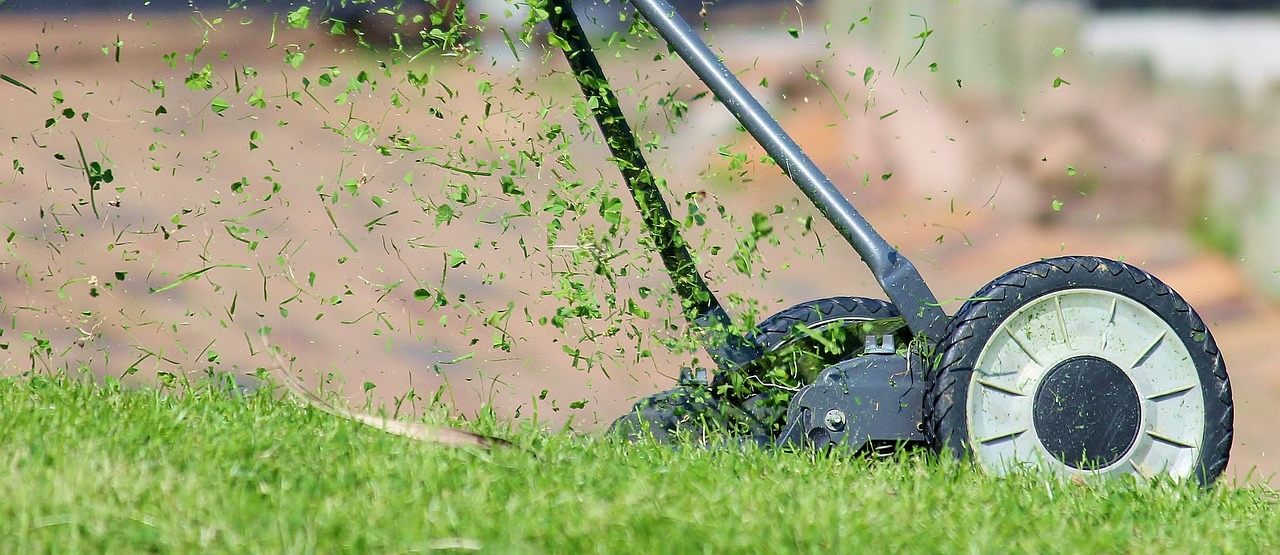The way we cut our lawn in the garden can have a big impact on the biodiversity of our garden. Biodiversity refers to the diversity of animals and plants and the ecosystems they inhabit. There has a been a decline in the population of animals by 73% since 1970. It is important we contribute to the fight again the biodiversity crisis because we can really make a difference. Research suggests cutting the grass in the right way in the garden can boost biodiversity by up to 30%, making it a welcoming habitat for pollinators, insects and all types of plants. How we cut our grass will depend on the type of lawn and the time of year.
Cutting heights for different seasons
Most lawn mowers have a setting which allows you to cut the grass to a specific length. Cutting the grass typically takes place between March and October because the cold winter months means the grass does not need cutting. The ideal length for grass to be cut on during the different seasons recommended by the Royal Horticultural Society (RHS) are as follows:
An ordinary domestic lawn:
Spring: 40mm (1.5 inches)
Summer: 13-25mm (0.5 – 1 inches)
Autumn: 40mm (1.5 inches)
For a fine lawn: cut grass at 6-13mm (0.25-0.5 inches) all year round.
For a new lawn: wait till the grass is at least 5cm (2 inches) long and then cut the blades at the highest setting.
How regularly should you cut grass?
The RHS advises to cut the lawn regularly, so you only need to take a small amount of at a time and never take more than a third off. If you have a conventional lawn, you can cut the grass once a week or once a fortnight depending on growth during Spring and Autumn. During the summer, the grass can be cut once a week to begin with and should drop to a fortnight.
If you have a flower rich lawn or a wildlife meadow, do not cut the grass during May because this provides support for pollinators as flowers start to bloom. In the Summer, cut this type of lawn once every four to six weeks. Also, long grass lawns should only be cut twice over the Summer.
How you mow your grass has a big impact. Excessively close mowing weakens grass plants, and makes the lawn more vulnerable to drought, weeds and moss. Lawns regularly left for too long can suffer from loose weak growth. If you want to encourage a wildflower garden, you can choose to take part in the national campaign ‘No Mow May’ to encourage flowers in your lawn to grow and attract pollinators. You can stop in early May and restart mowing in June or leave it uncut until August.

Leave a Reply